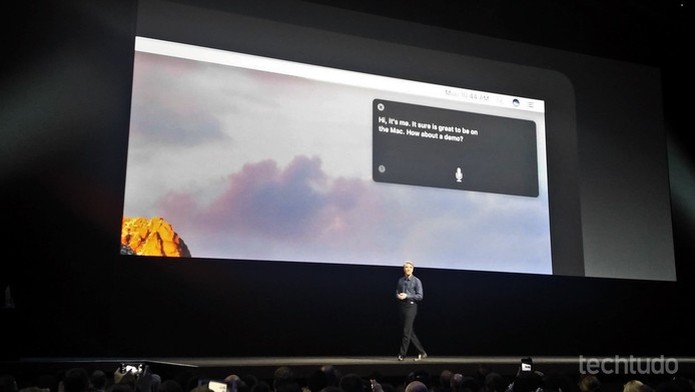So now we have looked at the features and Client in the first blog, looked at the deploying software in the second blog, looked at the Mac OS X Configuration Profiles in the third blog and looked at the “other” configuration items in the fourth blog we are now going to look at deploying an Mac OS X Operating System via Configuration Manager 2012 R2.
To be able to support Operating System Deployment for Mac OS X devices we need to set up the Netboot integration with our PXE Enabled Distribution Point.
See how you are able to upgrade Mac OS X 10.7.5 to Mac OS X 10.9.3 using Configuration Manager 2012 R2.
Setting up the Netboot integration is done while installing the plugin. No real configuration needs to be done to get it working.
After everything is set up correctly, you need to add a Mac OS X image to Configuration Manager 2012 R2, this is done by creating the NetBoot image folder whose name ends with .nbi.
Mac Os X 10.7.5 - Answered by a verified Mac Support Specialist We use cookies to give you the best possible experience on our website. By continuing to use this site you consent to the use of cookies on your device as described in our cookie policy unless you have disabled them. Using applications such as Parallels Desktop ( ) and VMware Fusion ( ) you can run the Mac OS and Windows side-by-side. But Boot Camp is free and offers better performance than these. Parallels for MAC free. download full version is an amazing that deals with simple user interface and easy to use. It relieved the advanced form after this brief timeframe and furthermore, that is new to work area virtualization pc programming for Mac PCs. Each new variation fuses most recent extra highlights.
In this folder the following files are stored:
| Filename | Description |
| NBImageInfo.plist | Property list file with the support hardware models |
| NetInstall.dmg | The actual NetInstall image |
| i386Booter | Startup file that the firmware uses to begin the startup process |
| i386com.apple.Boot.plist | Property list file for boot options |
| i386PlatformSupport.plist | Property list file for supported processors / configurations |
| i386x86_64kernelcache | This file contains all kernel extensions that may be needed to boot a Mac. |
The next step is to add the image to Configuration Manager. This can be done via the console when selecting Add Mac OS X Operating System Image in the Operating System Images node in the Software Library workspace. You need to supply the .NBI folder and the package source UNC path where you store the package sources of your packages and images.
Adding a Mac Image to Configuration Manager 2012 R2
After the Mac OS X operating system image has been added to Configuration Manager, we need to create a task sequence and deploy this one to the collection where the Macs that you want to reimage reside. The Task Sequence can be created by selecting Create Task Sequence for Macs in the Task Sequences node of the Configuration Manager Console.
After deploying it you should be able to see the availability of the image from the Mac client. If you go to the System Preferences > Startup Disk you will notice that the local (untitled Mac OS X, 10.7.5) disk and the OSD – Mac OS X 10.9 Network disks are listed. We should be able to select the Startup Disk now but let’s try to reboot and boot via Netboot so we are able to see how this goes.
The Task Sequence is deployed and available for the Client
If we exit the preferences and reboot the Mac client via Netboot by pressing N while booting the Mac, the Mac will boot into the OS X Installer
Select the disk you want to deploy the image to
In the OS X Installer you are able to select the target disk (in my case the Untitled disk) and click Install. After selecting Install, the installation of the image provided by Configuration Manager 2012 R2 will be installed.
All successful 🙂
After the installation is finished you need to go through the Welcome wizard and setup your Mac for your needs and deploy the Parallels Client via the discovery method.

Parallels For Mac 10.7.5
In this blog you quickly saw how to upgrade Mac OS X 10.7.5 to Mac OS X 10.9.3 using Configuration Manager 2012 R2. How cool is that? 😉 Okay the very rich OSD experience we have with deploying Windows Operating Systems is not the same but this can be considered as a good start if you ask me.
After
In the next, and for now last blog, I will have a look at the new features that have become available with the release of Parallels Mac Management for SCCM 3.0.
See ya next time.
Parallels For Mac Torrent

Earlier blogs in this series:
